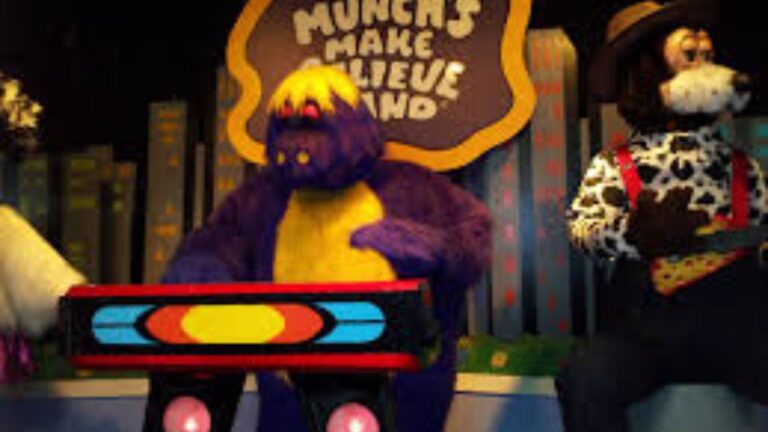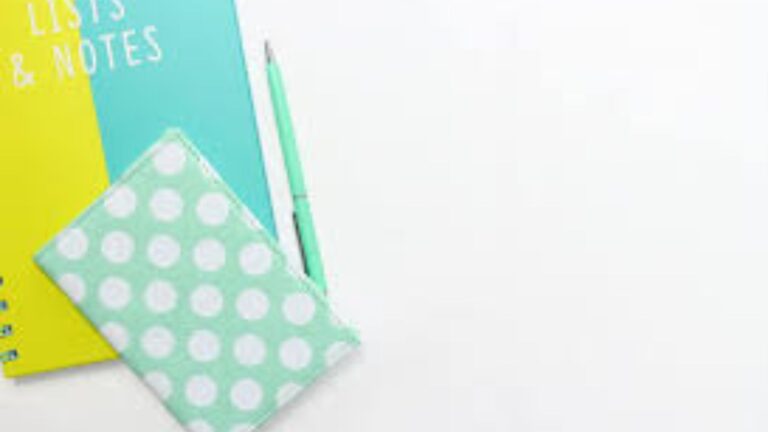
art trier
Welcome to a world where creativity knows no bounds! In the heart of Europe lies Trier, a city steeped in history and brimming with artistic energy waiting to be unleashed. Whether you’re an art aficionado or just curious about what makes this vibrant locale tick, our exploration into “Unlocking the Power of art trier” is your gateway to discovering how art transcends time and space. From its stunning galleries showcasing contemporary masterpieces to street murals that tell tales of resilience and inspiration, join us as we delve into the transformative power of art in Trier—a place where every brushstroke has a story, and every sculpture sparks imagination. Ready to embark on an artistic adventure? Let’s dive in!
Introduction to art trier
Art has an incredible way of reaching into the depths of our emotions, offering solace and healing when we need it most. This transformative power is at the heart of art therapy—a practice that combines creativity with psychological support to foster mental well-being. But what if you could dive deeper into this world through the lens of a unique approach known as Art Trier? Imagine unlocking your hidden potential and finding peace within yourself as you explore various artistic expressions. In this exploration, we’ll uncover how Art Trier not only redefines art therapy but also paves new paths for those seeking emotional release and self-discovery. Whether you’re an artist or someone who simply yearns for a creative outlet, there’s something profound waiting for you in this journey through art therapy and its ability to heal.
Understanding the Healing Power of Art
Art possesses a remarkable ability to heal. It transcends language and speaks to the core of human experience. Through colors, shapes, and textures, individuals can express emotions that are often difficult to articulate.
Engaging in creative activities allows for emotional release. Whether it’s painting, drawing, or sculpting, each brushstroke or clay mold becomes an outlet for feelings. This process fosters self-discovery and understanding.
Moreover, art invites mindfulness into our lives. As we focus on creating something unique, distractions fade away. The mind finds clarity amid chaos.
Art also has a communal aspect; sharing artwork can foster connections between people. When individuals share their creations or experiences within a group setting, they cultivate empathy and support among peers.
Through these interactions and expressions, art serves as both a personal journey and a collective healing tool.
The History of Art Therapy and Trier’s Contributions
Art therapy has roots that stretch back to ancient civilizations, where creative expression was recognized as a powerful tool for healing. However, it wasn’t until the 20th century that art therapy emerged as a formal discipline.
This evolution gained momentum in the post-World War II era. Many sought ways to address trauma and emotional distress through artistic means. Among the pioneers of this movement was Trier, who brought an innovative perspective to art therapy.
Trier’s work emphasized not just creation but also connection—between the self and others, between emotions and expression. By integrating psychological principles with artistic endeavors, Trier helped shape modern practices in therapeutic settings.
Her contributions laid the groundwork for understanding how visual language can articulate feelings often too complex for words. This approach continues to resonate today, influencing countless therapists and clients alike on their journey toward healing through creativity.
How Art Therapy Works: Exploring the Mind-Body Connection
Art therapy harnesses the intricate relationship between the mind and body. When individuals engage in creative expression, they tap into emotions that might be difficult to verbalize. This process often leads to profound insights.
The act of creating art can stimulate various brain regions associated with emotion and cognition. As colors blend on a canvas or shapes emerge from clay, stress levels decrease. The rhythmic motions involved in drawing or painting can even mimic mindfulness practices, promoting relaxation.
Moreover, art serves as a nonverbal language, allowing people to communicate feelings that are otherwise hard to articulate. This unique medium fosters self-discovery and healing.
Through this connection, participants experience physical responses—reduced heart rates or lower cortisol levels—which validate the therapeutic potential of artistic creation. Each brushstroke becomes more than just an aesthetic choice; it’s a step toward emotional clarity and well-being.
The Benefits of Art Therapy for Mental Health
Art therapy offers a unique pathway to improved mental health. It allows individuals to express emotions that may be difficult to put into words. This creative outlet can alleviate anxiety, depression, and stress.
Engaging in artistic activities stimulates the brain’s reward system. As a result, it fosters a sense of accomplishment and boosts self-esteem. The process itself becomes therapeutic; there’s freedom in creating something without judgment.
Moreover, art therapy encourages mindfulness. When immersed in the creative flow, people often find themselves more present and centered. This practice helps reduce racing thoughts that can accompany mental struggles.
Another significant benefit is community building. Participating in group art therapy sessions promotes social connections among individuals facing similar challenges. Sharing experiences through art cultivates understanding and support within these groups, enhancing emotional resilience.
Case Studies and Success Stories Using Trier’s Methods
One remarkable case study involves a young woman named Sarah. Struggling with anxiety and depression, she turned to art therapy inspired by Trier’s methods. Through guided painting sessions, Sarah discovered the power of self-expression. Her artwork reflected her emotional journey, providing insight into her feelings.
Another success story features a group therapy setting in a community center. Participants engaged in collaborative mural projects designed using Trier’s principles. This not only fostered connection but also helped individuals overcome personal struggles through shared creativity.
A middle-aged veteran found solace in sculpture-making influenced by Trier’s techniques. As he shaped clay, memories surfaced—both painful and healing. Each piece became an artifact of his transformation, symbolizing resilience and hope.
These narratives highlight how art trier resonates deeply with diverse experiences, enabling profound personal growth and recovery for many individuals seeking healing through creative expression.
Incorporating Art Therapy into Your Own Life: Tips and Techniques
Integrating art therapy into your daily routine can be a transformative experience. Start small. Set aside just 15 minutes each day to engage in a creative activity. This could be drawing, painting, or even doodling.
Choose a comfortable space where you feel relaxed and inspired. Surround yourself with materials that excite you—colored pencils, watercolors, or clay can spark joy and creativity.
Don’t focus on the end result; instead, let your emotions guide your hands. Allow yourself to express thoughts or feelings without judgment.
Consider keeping an art journal. Documenting your artistic journey not only tracks progress but also reveals patterns in your emotional landscape over time.
Lastly, share your work if you feel inclined. Connecting with others who appreciate art can enhance the healing process and foster meaningful discussions about experiences and insights gained through creativity.
Unlocking Your Inner Creativity Through Art Trier’s Approach
Art Trier’s approach invites you to explore your creativity without judgment. It encourages expression through various mediums, allowing emotions to flow freely onto the canvas.
Start by setting aside time in a comfortable space. Gather materials that resonate with you—paints, pencils, or even clay. Embrace spontaneous creation rather than aiming for perfection.
Focus on how colors and textures evoke feelings within you. This process is about discovery, not a final product. Let go of expectations and enjoy each moment spent creating.
Engaging with art can reveal hidden thoughts and desires. As you immerse yourself in this journey, you’ll find new perspectives emerging from your subconscious.
Whether it’s playful doodling or profound painting, every stroke serves as a reflection of your inner self. Art becomes a bridge between mind and heart, unlocking pathways to creativity that were previously unnoticed.
Conclusion: The Enduring Impact of Trier’s Work in the Field of Art Therapy
The journey through art therapy and the contributions of Art Trier reveals a profound relationship between creativity and healing. As we have explored, Trier’s methods not only provide therapeutic benefits but also unlock deeper layers of human expression.
Art therapy has emerged as a powerful tool in mental health care, offering innovative ways to engage with emotions and experiences. The successful case studies highlight how individuals have transformed their lives through creative outlets facilitated by Trier’s approach.
As more people discover the potential of art therapy, its principles can easily be integrated into everyday life. Whether it’s painting, drawing, or simply engaging with various forms of artistic expression, everyone can tap into this transformative power.
Trier’s legacy continues to inspire both practitioners and those seeking solace through creativity. By embracing these techniques, individuals are empowered to explore their inner worlds while contributing positively to their mental well-being. The impact is not just personal; it’s a movement that emphasizes the importance of art as a means for healing across communities worldwide.







2 thoughts on “Unlocking the Power of Art Trier”